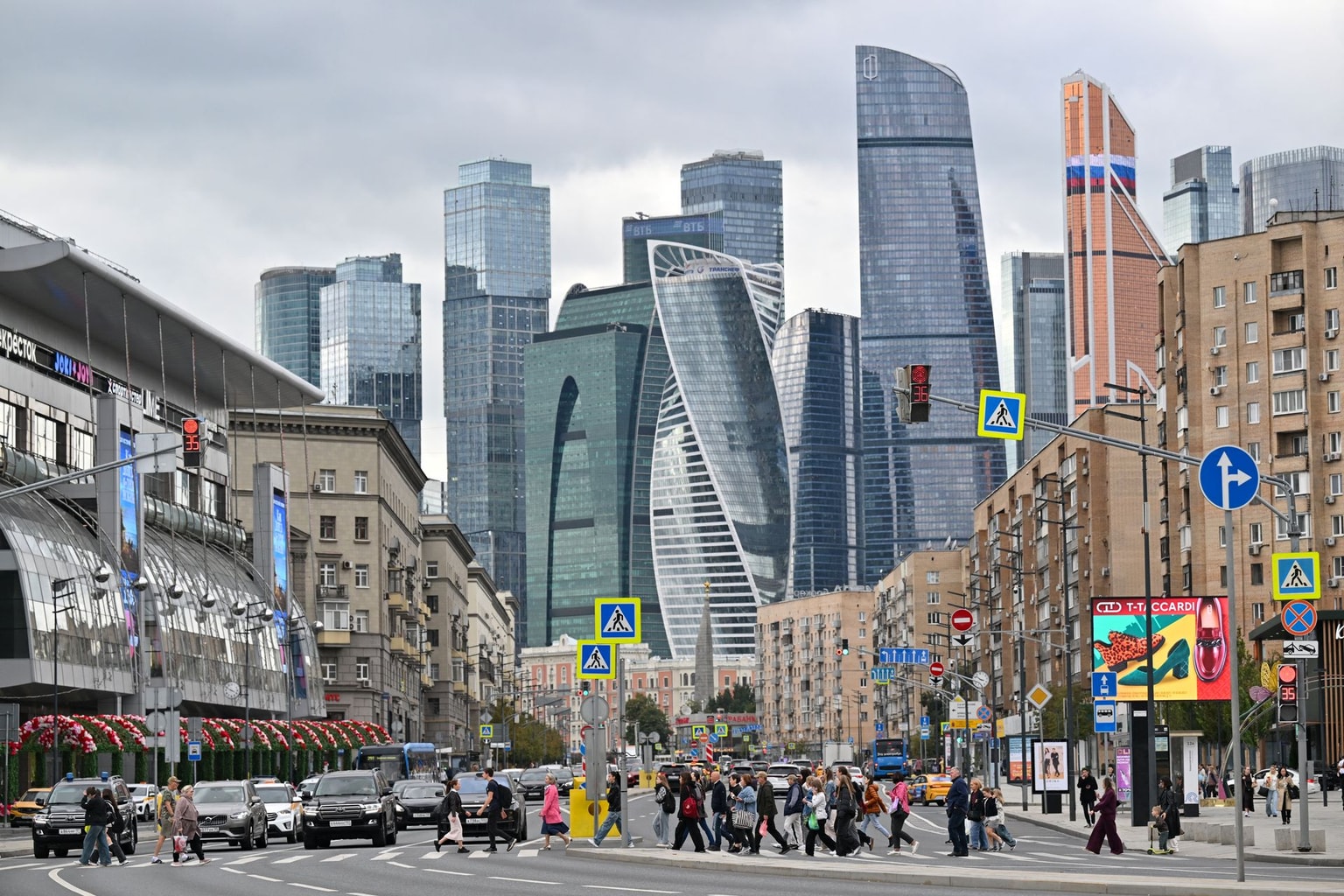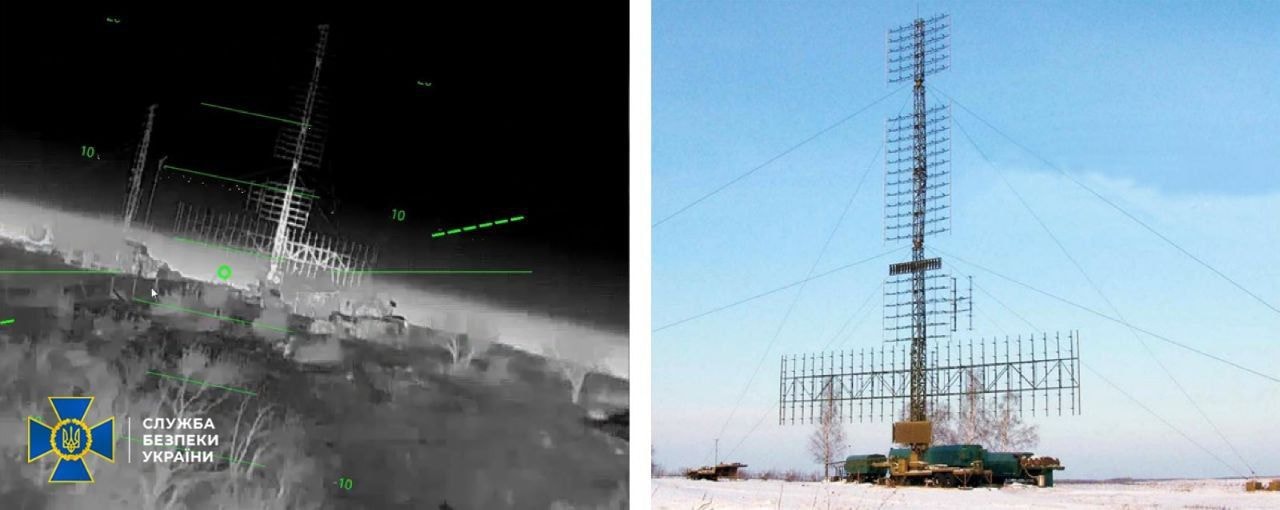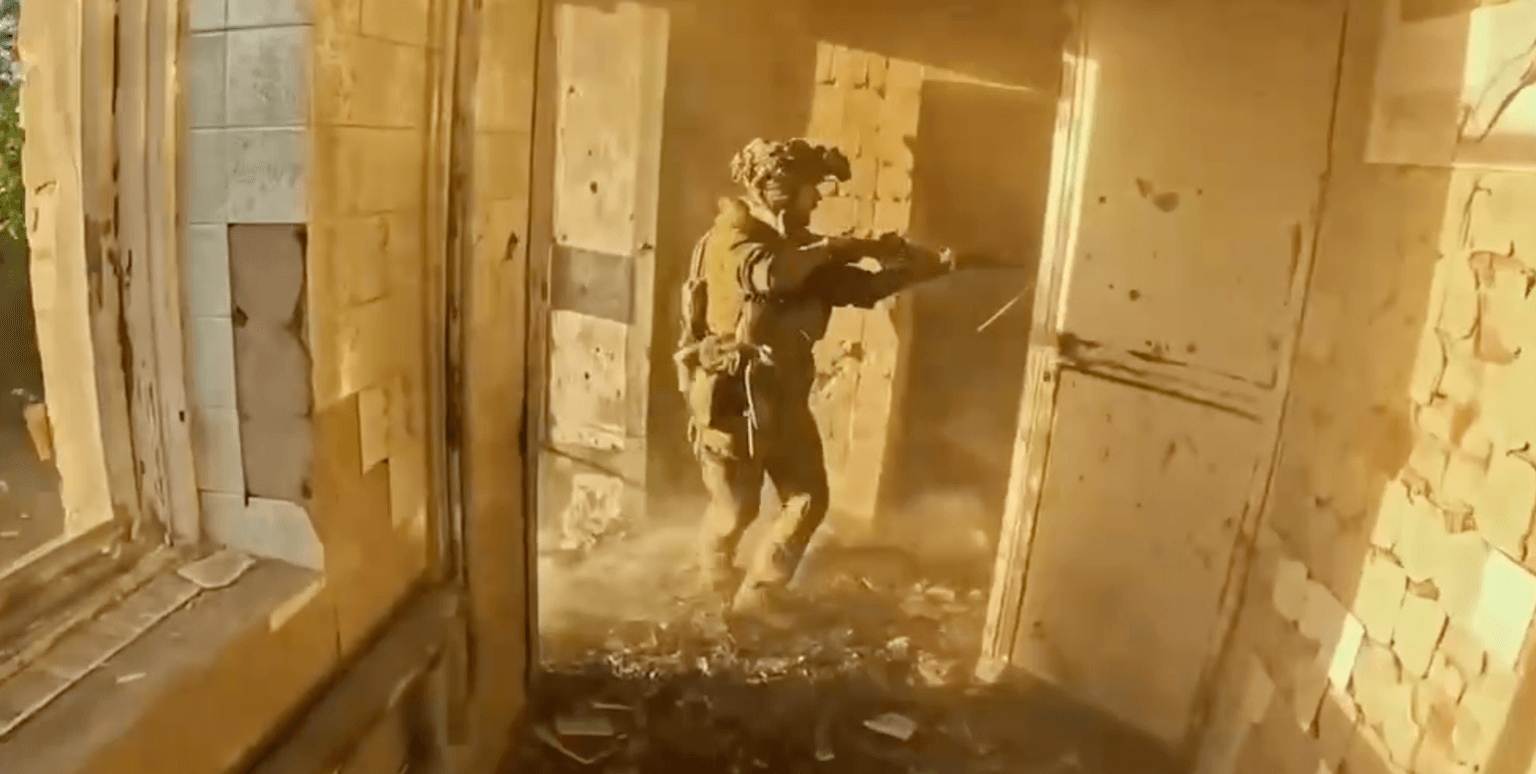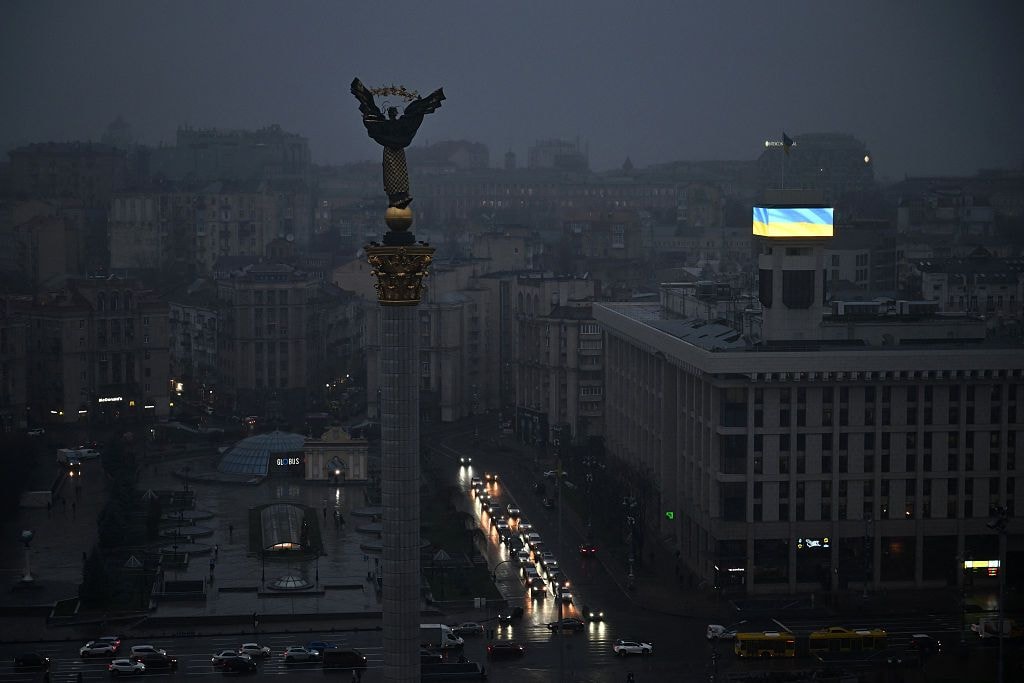
As Russia inches closer to Dnipropetrovsk Oblast, new Ukrainian region might soon be at war
A soldier walks past destroyed residential buildings in Pokrovsk, Donetsk Oblast, Ukraine, on April 8, 2025. (Kostiantyn Liberov / Libkos / Getty Images)
Moscow said its troops had crossed into Dnipropetrovsk Oblast and were conducting offensive operations in the region, a claim Kyiv quickly denied as “Russian disinformation.”
Russian troops have been pushing toward Dnipropetrovsk Oblast for months, trying to solidify the southern flank to capture Pokrovsk and the remaining parts of the adjacent Donetsk Oblast.
Western military experts who spoke to the Kyiv Independent said it was clear that Russian troops would eventually penetrate the southeastern region. But they didn’t expect either side to throw “a significant amount of forces” in this sector, as the capture of Donetsk Oblast remains Moscow’s main objective.
Emil Kastehelmi, an analyst at the Finland-based Black Bird Group, confirmed that geolocation shows Russian troops entered Dnipropetrovsk Oblast in recent days. Russian troops will likely advance “at least somewhat” deeper in the coming months, though it won’t change the overall dynamic of the front line, he added.
Kastehelmi believes that Russian troops could try advancing northwest from the southern flank of Pokrovsk to encircle the city that is already penetrated from the southern and eastern sides.

“The Russians probably have understood that if they want to make a proper encirclement threat, they need to widen the flanks and then continue operations near Pokrovsk,” Kastehelmi told the Kyiv Independent.
The Russian Defense Ministry said on June 8 that its troops were pushing forward in Dnipropetrovsk Oblast — a region adjacent to Donetsk and Zaporizhzhia oblasts but have thus not seen combat actions. It added that the Russian military’s 90th Guards Tank Division units had reached the western border of Donetsk Oblast and were thrusting forward into the industrial Dnipropetrovsk Oblast.
The Ukrainian military immediately denied the claim, saying that the fighting continued inside Donetsk Oblast, calling Russia’s claims “disinformation.”
The Ukrainian monitoring project DeepState has put the proximity of Russian troops to the Dnipropetrovsk Oblast border at about two kilometers, yet painting that distance between the regional border and the alleged position of Russian troops as no man’s land.
The Kyiv Independent requested a comment to the General Staff of Ukraine’s Armed Forces but has not heard back in time of publication.

Even if militarily not as significant, the Russian penetration into Dnipropetrovsk Oblast would mean yet another Ukrainian region would be now a warzone. It could also help strengthen the Russian negotiation position as the U.S. continues to push both sides to hold peace talks to end the war at all costs.
"If they [Russians] find a weak spot, they will try to exploit it.”
Russia had begun its long-expected offensive in April but has only made limited gains since then, besides opening a new front in the northeastern Sumy Oblast by occupying a number of border villages there.
Kastehelmi from the Black Bird Group said that the Ukrainian defense of Pokrovsk would be compromised if Russian troops are able to widen their flanks, which would enable them to bring their support elements forward.

“It can mean that they may be able in the summer to threaten the remaining supply routes to the city in a way which makes it even more dangerous for Ukrainian units,” Kastehelmi said.
Kastehelmi added that it would be “an operational success” for Moscow if it is able to first expand its flank westward toward Dnipropetrovsk Oblast and then begin attacking northward, while also building on the eastern flank. But he stressed that Russian troops have not been the best at coordinating attacks, even if it looks “doable” on paper.
Jakub Janovsky, a Prague-based military analyst at the Oryx open-source project tracking Ukrainian and Russian equipment losses, said that it likely won’t make “any difference” if Russian troops advanced a kilometer or two into Dnipropetrovsk Oblast.
He added that Russia appears to be continuing to rely heavily on small infantry group assaults, either on foot or motorcycles, thus decreasing the use of Soviet-era BMP fighting vehicles or tanks.
“It seems more likely that Russia will focus on Donetsk Oblast,” Janovsky told the Kyiv Independent.
“But it’s entirely possible that if they find a weak spot, they will try to exploit it.”










